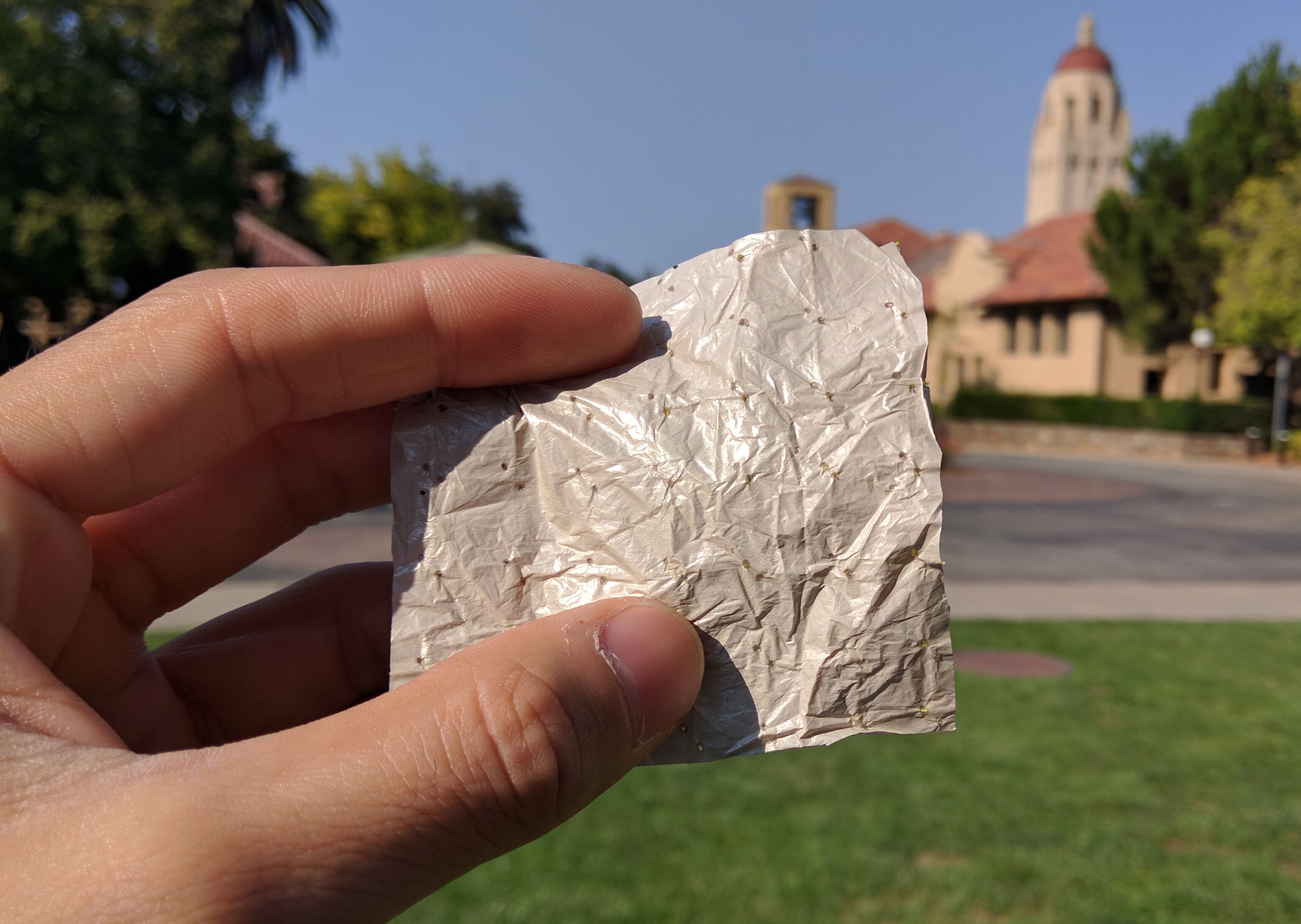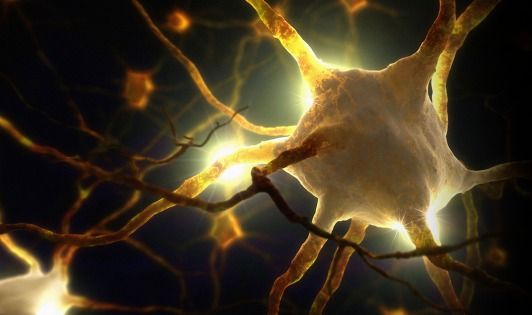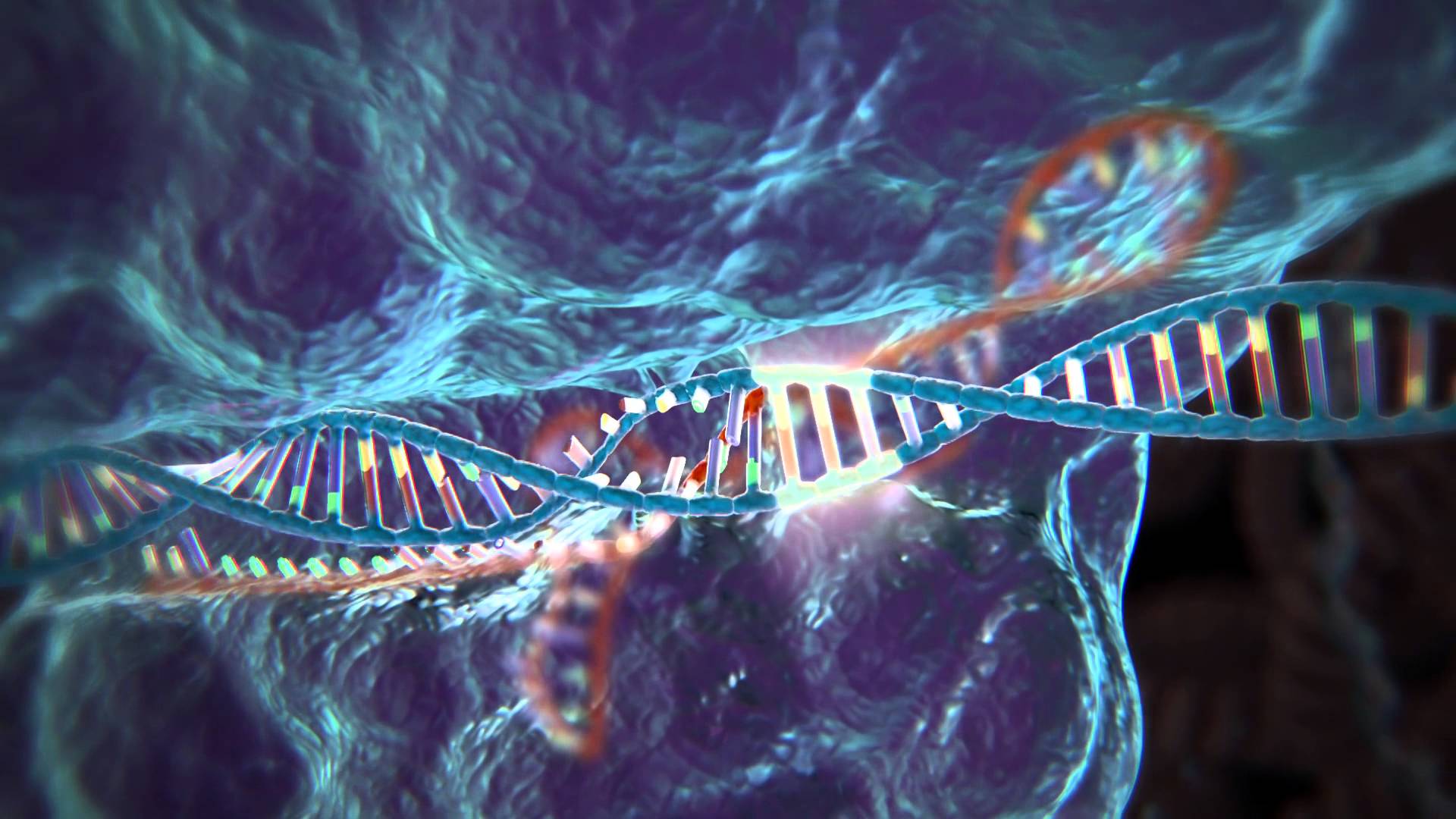A Spanish publishing house has finally been given permission to make exact copies of the Voynich Manuscript — a 15th century book written in a mysterious coded language that no one has cracked.
For centuries, scientists have been trying to decipher the text. Some of the world’s best cryptographers have dedicated their lives to solving the puzzle — but no one’s even gotten close. Now, with almost 900 copies about to go into circulation, we might finally get some answers.
“The Voynich Manuscript has led some of the smartest people down rabbit holes for centuries,” Bill Sherman from the Folger Shakespeare Library told The Washington Post in 2014, when he was about to open an exhibit on the text.







